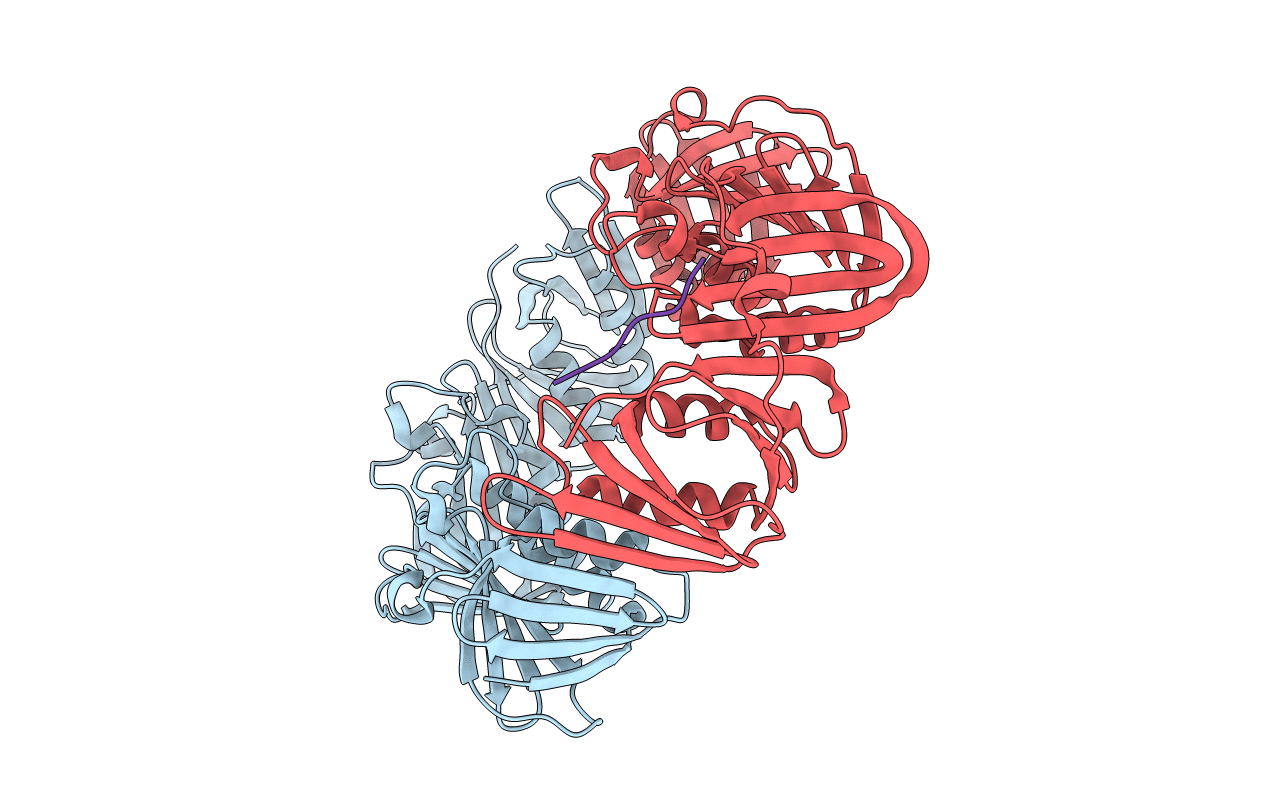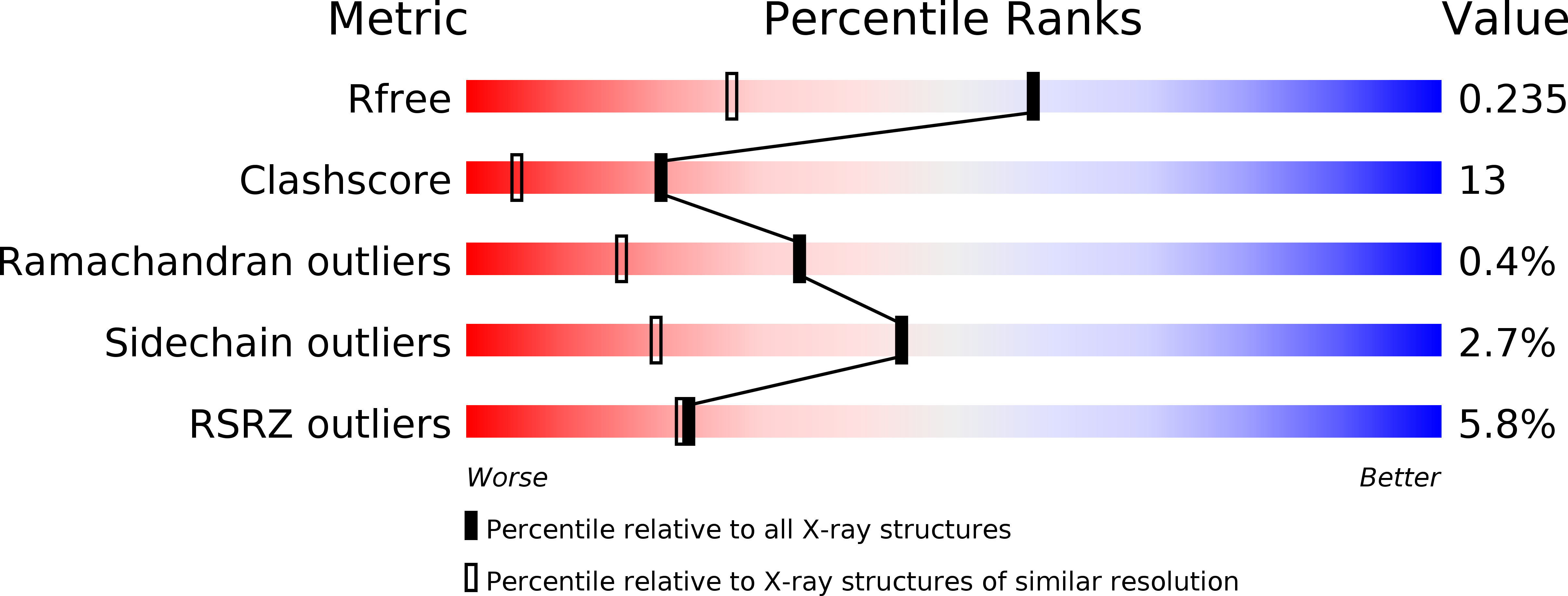
Deposition Date
2003-07-18
Release Date
2004-07-15
Last Version Date
2023-12-13
Entry Detail
PDB ID:
1OK7
Keywords:
Title:
A Conserved protein binding-site on Bacterial Sliding Clamps
Biological Source:
Source Organism:
ESCHERICHIA COLI (Taxon ID: 562)
Host Organism:
Method Details:
Experimental Method:
Resolution:
1.65 Å
R-Value Free:
0.22
R-Value Work:
0.20
R-Value Observed:
0.20
Space Group:
P 1


